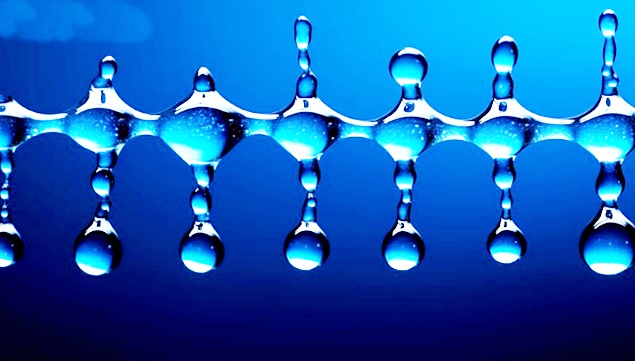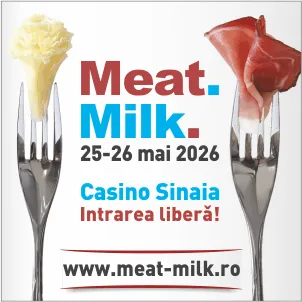926

Managing Heat Stress in Cattle: The Essential Role of Magnesium
Heat stress in livestock arises when high temperatures combine with high humidity, leading to reduced feed intake, lower productivity, and potential health issues.
Understanding the Role of Magnesium
Magnesium plays a key role in mitigating the effects of heat stress. The severity of heat stress is typically measured using the Temperature-Humidity Index (THI):
- Mild stress begins at THI 72
- Severe stress starts at THI 83
- Extreme stress occurs beyond THI 84
In such conditions, dairy cows may lose 10–25% of their milk production, with recovery taking 2–8 days and fertility remaining affected for up to five weeks. Similarly, beef cattle raised in feedlots experience reduced daily weight gain and lower feed efficiency—factors that negatively impact profitability.
Strategies for Managing Heat Stress
Farmers can adopt a range of strategies to combat heat stress, both environmental and nutritional:
- Environmental strategies include providing shade, improving barn ventilation, and using sprinklers or misters to cool animals. Handling cattle during cooler parts of the day also helps minimize stress and reduce energy demands.
- Nutritional strategies are just as critical, as dry matter intake may drop by 8–12% once THI surpasses 72. Increasing the energy density of the diet using highly digestible feeds can help maintain nutrient intake despite reduced consumption. Feeding schedules should be adjusted to cooler times of day to encourage intake.
Supplementing with electrolytes—especially sodium, potassium, and chloride—supports hydration and helps prevent metabolic disorders like respiratory alkalosis.
Sodium and potassium enhance the Dietary Cation-Anion Difference (DCAD), which counteracts blood pH imbalances caused by excessive CO₂ loss through panting. Antioxidants may also help reduce oxidative stress.
Heat Stress and the Risk of Acidosis
While heat-stressed cattle commonly experience respiratory alkalosis due to CO₂ loss from panting, they are also at higher risk of subacute ruminal acidosis (SARA).
Lower intake of physically effective fiber reduces chewing and saliva production—key factors for rumen buffering—causing pH to drop. Additionally, heat stress often leads to greater reliance on rapidly fermentable feeds, which increase volatile fatty acid production and further elevate acidosis risk.
As shown in Figure 1, Timab Magnesium’s innovative magnesium oxide blend helps stabilize rumen pH and reduces the time spent below 5.8—a critical threshold for preventing acidosis.
Magnesium: A Key Nutrient Under Heat Stress
Magnesium plays a central role in muscle relaxation and nervous system function. Under heat stress, cortisol levels rise, increasing magnesium excretion and the risk of deficiency. This is further aggravated by reduced magnesium absorption, particularly when dietary potassium is elevated.
In dairy cows, suboptimal magnesium levels contribute to subclinical hypocalcemia, which undermines productivity and immune function. Recommended magnesium levels:
- 0.40% of dry matter for lactating dairy cows
- 0.25% for growing beef cattle under heat stress
Ensuring Optimal Magnesium Intake
To ensure sufficient magnesium, diets should be supplemented with highly bioavailable sources, such as the innovative magnesium oxide blend from Timab Magnesium. This formula supports neuromuscular function, maintains electrolyte balance, and helps mitigate the effects of heat stress.
Conclusion: Magnesium as a Performance Safeguard
Heat stress remains a major challenge for livestock productivity and welfare. Effective management strategies—including environmental controls and tailored nutrition—are essential. Magnesium also plays a vital role in:
- Supporting muscle function
- Alleviating stress
- Stabilizing the acid-base balance
Prioritizing a high-solubility, fast-acting, and long-lasting source of magnesium that stabilizes rumen pH ensures optimal performance and animal health during hot weather.
(Photo: Freepik)




